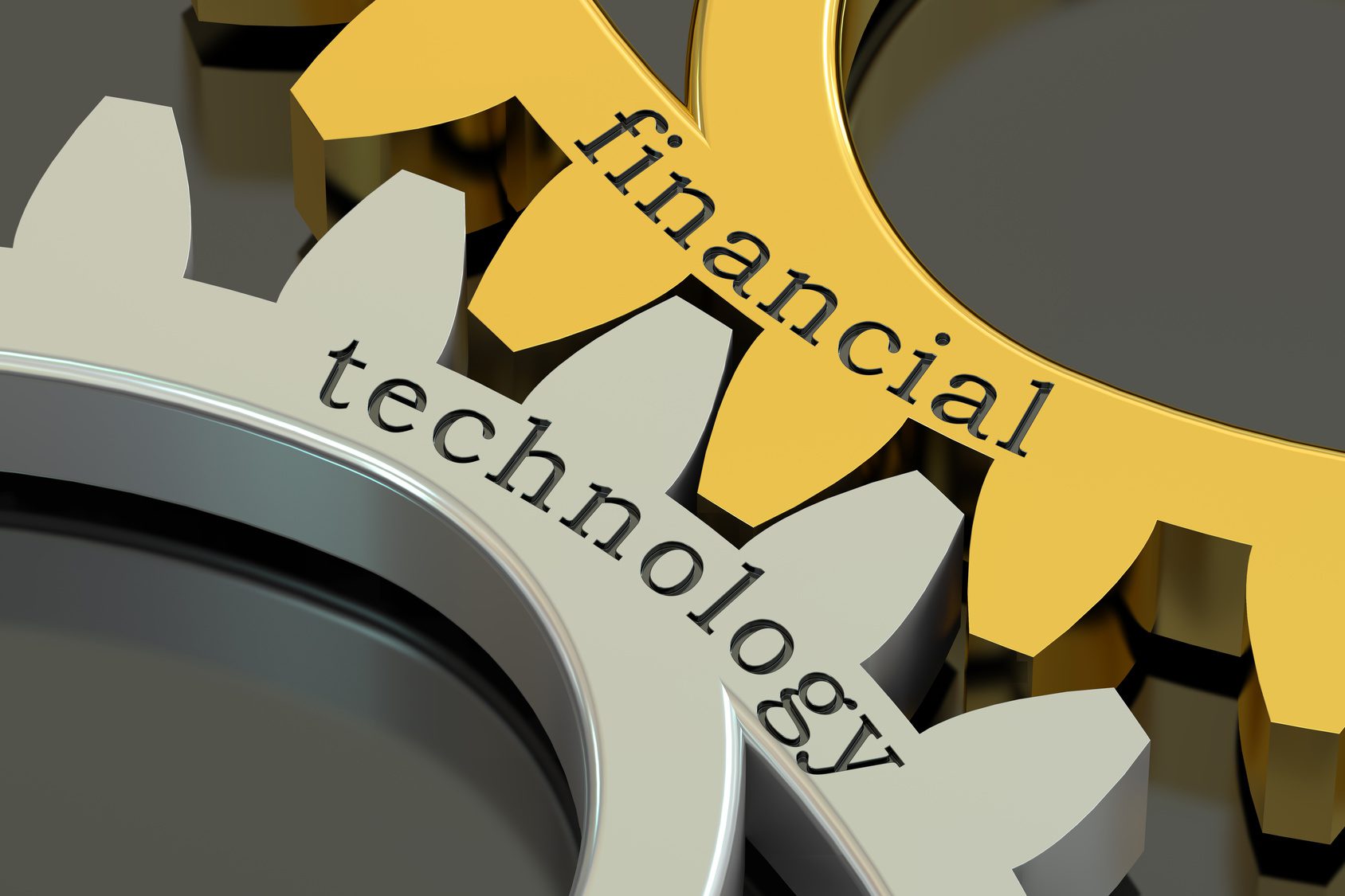There’s no doubt that PSD2 is a big deal, but when considered alongside the terrific advances being made in open banking, Maikki Frisk, Executive Director, Mobey Forum, wonders whether the industry truly appreciates the extent of the changes that lie ahead.
The most impactful element of PSD2 – that banks must open their customers’ accounts to third-party payment and information requests – is paving the way for an entirely new end-user experience in digital financial services, one in which the customer will call all the shots. It may not happen overnight, but it’s coming.
A good way to imagine the post-PSD2 era of open banking is to think of it in terms of apps and platforms. This approach brings it all into focus, principally because we’ve seen it happen before. The development of this space is starting to look a great deal like the advent of the smartphone.
Consider this: before the app and android revolution took hold, a mobile phone’s functionality was native to its manufacturer. There was one SMS application, one address book and so on. The arrival of the touch-screen smartphone turned this on its head, making the Operating System (OS) into a platform upon which third parties could introduce new apps, widgets and services. This gave end-users massive choice – very quickly. Users could continue to use the device’s native apps, of course, or they could adopt apps and functionalities from elsewhere in their OS ecosystem.
The same is about to happen in banking.
Banks, for the most part, will remain the ‘anchor point’ for our funds. After PSD2, however, open banking apps and services from third parties will flood the European market and offer users never-before-seen levels of choice and variety in payment, loyalty, behaviour-based and user-friendly data-oriented services.
Banks will become the equivalent of iOS and Android. Sure, they will offer their own native suite of payment and information services, but these will now compete, in an open market, with those of third-party developers. Over time, this inevitably means that the allegiance of a bank’s customers will be won or lost through the quality, speed, capability and value delivered by the services it supports.
The facility gains created for end-users will be immense. Data aggregation from multiple sources will enable a single view of all the user’s accounts. Add artificial intelligence (AI) and machine learning into the mix and it’s easy to see how a third-party service can provide seriously useful consumer recommendations on how they can adjust their spending and saving habits to enable greater financial efficiency.
Thanks to the free flow of data, the relevance and precision of loyalty, cashback and other value-added services will increase dramatically. Who knows? Seasonal sales may also follow the same path, as retailers gain users’ permission to sift through their financial data.
It isn’t just the plucky developers that stand to gain; large banks will also have access to the new open data market. Here, it’s worth asking a question: who is the end-user likely to trust the most to deliver the next wave of payment and aggregation services – the bank they have trusted for years, or an app developer they have never heard of?
The other question raising its head is: what incredible combinations or new business opportunities can a marriage between a retailer, a service provider and a bank offer the end-user? How are the end-user’s needs answered? The benefits of a collaboration across parties and borders to ensure the best user experience is important. This is what open banking is about.
Rarely has a financial regulation held such potential for positive change. Banks have a tremendous opportunity to lead in this space, if they can shake off their old-world thinking. A closed banking mindset in an open banking age is a recipe for disaster. Differentiation will be determined by their collaboration with third-party developers, not, as some banks still believe, in spite of it.
These are just some of the issues being dissected in Mobey Forum’s Open Banking work group, where banks, vendors, analysts and other stakeholders come together to share knowledge, exchange ideas and learn about the future. The value and importance of these exchanges cannot be overstated.
It’s rare to see regulation and technology come together so neatly and it will be easy for stakeholders to underestimate the impact. PSD2 is going to be a real spectacle and will show the world the real power of truly open banking. Change is coming – faster than you might think. I can’t wait to hear how the dialogue develops.











